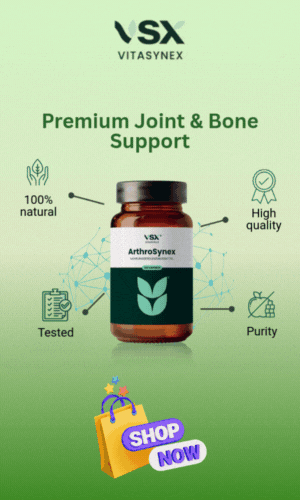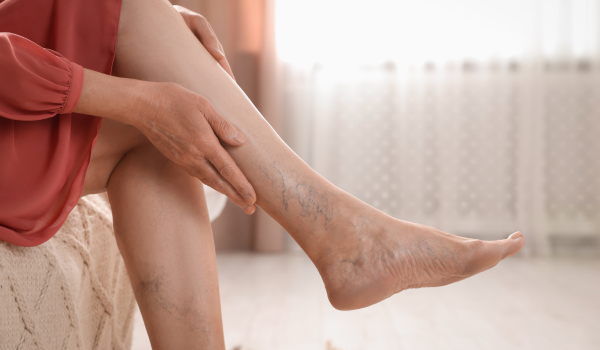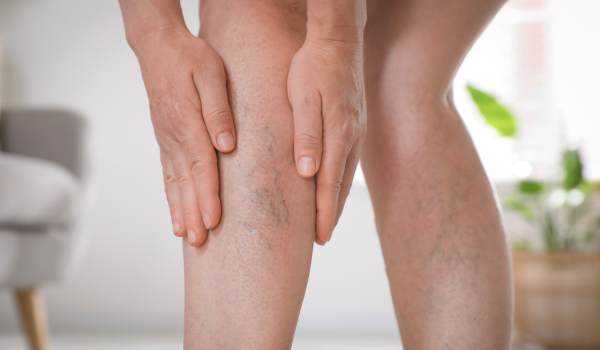.png)
What Is Venous Stasis?
Venous stasis refers to the slowing or pooling of blood in the veins, most often in the legs. It’s a central component of chronic venous insufficiency (CVI) and plays a key role in the development of varicose veins, deep vein thrombosis (DVT), and venous ulcers. When blood flow slows down, pressure builds in the veins, leading to discomfort, swelling, and an increased risk of clot formation.
Understanding the root causes of venous stasis is essential for both prevention and treatment. From sedentary lifestyles to underlying medical conditions, a wide range of factors can contribute to impaired venous return.
Prolonged Inactivity
One of the most common and avoidable causes of venous stasis is prolonged immobility. Sitting or standing for extended periods—whether during travel, work, or illness—limits the ability of the calf muscles to pump blood back toward the heart.
Risk scenarios include:
-
Long-distance flights or car rides
-
Desk jobs with minimal movement
-
Hospital stays or post-operative recovery
-
Bed rest during pregnancy or illness
Without frequent muscle contractions, blood begins to pool in the lower extremities, increasing pressure in the veins and slowing circulation.
Varicose Veins
Varicose veins are enlarged, twisted veins that result from weakened vein walls and malfunctioning valves. Normally, valves in the veins prevent blood from flowing backward. When they fail, blood pools in the legs—a condition known as venous reflux.
This backward flow contributes to:
-
Increased venous pressure
-
Bulging of superficial veins
-
Discoloration and heaviness in the legs
-
Progression to venous stasis and ulceration if untreated
Varicose veins are both a symptom and a contributor to venous stasis, creating a self-perpetuating cycle.
Obesity
Carrying excess weight places added pressure on the veins, especially in the legs and pelvis. Obesity not only compresses veins but also impairs the calf muscle pump function—crucial for maintaining upward blood flow.
Obesity increases the risk of:
-
Chronic venous insufficiency
-
Lymphedema (fluid buildup in tissues)
-
DVT due to slowed circulation
-
Inflammatory changes that further impair vein health
Weight management through diet and exercise can significantly reduce the burden on the venous system.
Pregnancy
During pregnancy, the body undergoes hormonal and physiological changes that can contribute to venous stasis. Blood volume increases, and the growing uterus compresses veins in the pelvis, slowing the return of blood from the legs.
Pregnancy-related factors include:
-
Progesterone-induced vein relaxation
-
Pressure on the inferior vena cava
-
Increased risk of varicose veins and swelling
-
Higher likelihood of clot formation, especially postpartum
Wearing compression stockings, elevating the legs, and regular walking can help improve venous return during pregnancy.
Heart Failure
When the heart’s pumping ability is compromised—as in congestive heart failure—blood tends to back up in the venous system. This is particularly true in right-sided heart failure, where blood accumulates in the systemic circulation, including the legs.
Signs related to venous stasis in heart failure include:
-
Leg swelling (edema)
-
Shortness of breath
-
Fatigue
-
Skin discoloration or tightness
Treating the underlying heart condition is essential to improving circulation and preventing complications.
Deep Vein Thrombosis (DVT)
DVT is both a cause and consequence of venous stasis. When a clot forms in a deep vein—usually in the legs—it obstructs blood flow and increases pressure behind the blockage.
DVT may develop due to:
-
Immobility
-
Trauma or surgery
-
Hormonal changes (e.g., birth control pills)
-
Genetic clotting disorders
Post-thrombotic syndrome, a chronic condition following DVT, is closely linked with venous stasis and can result in leg pain, swelling, and ulceration.
Pelvic Tumors or Masses
Tumors in the pelvis, including those of the uterus, ovaries, prostate, or colon, can compress major veins like the iliac vein or inferior vena cava. This external pressure restricts blood return from the lower extremities and causes venous congestion.
Signs may include:
-
Unilateral leg swelling
-
Pelvic discomfort or fullness
-
Development of collateral veins
-
Worsening varicosities
Treatment depends on the nature of the mass but often requires imaging to confirm compression.
May-Thurner Syndrome
May-Thurner syndrome is a vascular condition in which the right iliac artery compresses the left iliac vein, reducing blood flow from the left leg. It’s a common but underdiagnosed cause of venous stasis in young women.
Symptoms may include:
-
Left leg swelling or pain
-
Varicose veins on the left side
-
Recurrent DVT in the left leg
-
Pelvic heaviness
Diagnosis requires imaging like venography, CT, or MRI, and treatment may involve stent placement to relieve the compression.
Chronic Venous Insufficiency
Chronic venous insufficiency (CVI) is the result of long-standing vein valve dysfunction, leading to poor blood return. It’s often the end result of other causes of venous stasis, such as DVT or varicose veins.
CVI is characterized by:
-
Persistent leg swelling
-
Skin changes (hyperpigmentation, thickening)
-
Itching or aching
-
Venous ulcers (non-healing wounds around the ankles)
Management includes compression therapy, leg elevation, and in some cases, surgical interventions to correct valve dysfunction.
Smoking and Vascular Health
Smoking damages blood vessels by promoting inflammation, reducing oxygen levels, and impairing vascular tone. It contributes to venous stasis by:
-
Slowing circulation
-
Damaging valve structures
-
Increasing blood viscosity
-
Enhancing clot formation risk
Quitting smoking is one of the most impactful steps a person can take to improve both arterial and venous circulation.
Aging and Vein Degeneration
As people age, vein walls and valves naturally weaken, reducing their ability to push blood effectively back toward the heart. This age-related degeneration can lead to:
-
Gradual venous reflux
-
Heaviness or aching in the legs
-
Increased risk of ulcers
-
Loss of skin elasticity and slow healing
Although aging cannot be prevented, its vascular effects can be mitigated with regular activity, compression therapy, and vascular health monitoring.
Nerve and Muscle Disorders
Conditions that affect muscle function—such as stroke, spinal cord injury, or neuropathies—can reduce the efficiency of the calf muscle pump. Without adequate muscle contractions, venous return slows, and pooling occurs.
Risk increases when:
-
Patients are non-ambulatory
-
Muscle tone is diminished
-
Limb movement is restricted
Rehabilitation exercises and assisted movement play a critical role in preventing venous stasis in these populations.
Surgical and Traumatic Causes
Injury or surgery to the legs or pelvis can damage veins or temporarily reduce mobility. Blood flow slows during recovery, especially when immobilization is involved.
Common scenarios include:
-
Orthopedic surgery (hip/knee replacement)
-
Pelvic fractures
-
Post-operative bed rest
-
Spinal surgery
Preventive measures include early mobilization, anticoagulants, and compression devices.
Hormonal Influences
Hormones—particularly estrogen—can affect vein tone and increase the risk of blood pooling. Hormonal contraceptives, hormone replacement therapy, and pregnancy all raise the likelihood of venous stasis and clot formation.
Risk is higher in individuals who:
-
Are over 35
-
Smoke
-
Have a personal or family history of clotting
-
Are sedentary or overweight
Consulting a physician before starting hormonal therapy is crucial, especially in high-risk individuals.
Conclusion: Prevention Starts with Awareness
Venous stasis results from a complex interaction of lifestyle, anatomy, and medical conditions. While some risk factors—like age or genetics—are unavoidable, many can be addressed with proactive choices. Staying active, managing chronic diseases, avoiding prolonged immobility, and seeking timely medical advice are essential steps in protecting your veins and overall circulatory health.
Understanding what slows down blood flow is the first step in keeping it moving strong.

.png)
.png)
.png)
.png)
.png)
.png)
.png)
.png)
.png)



